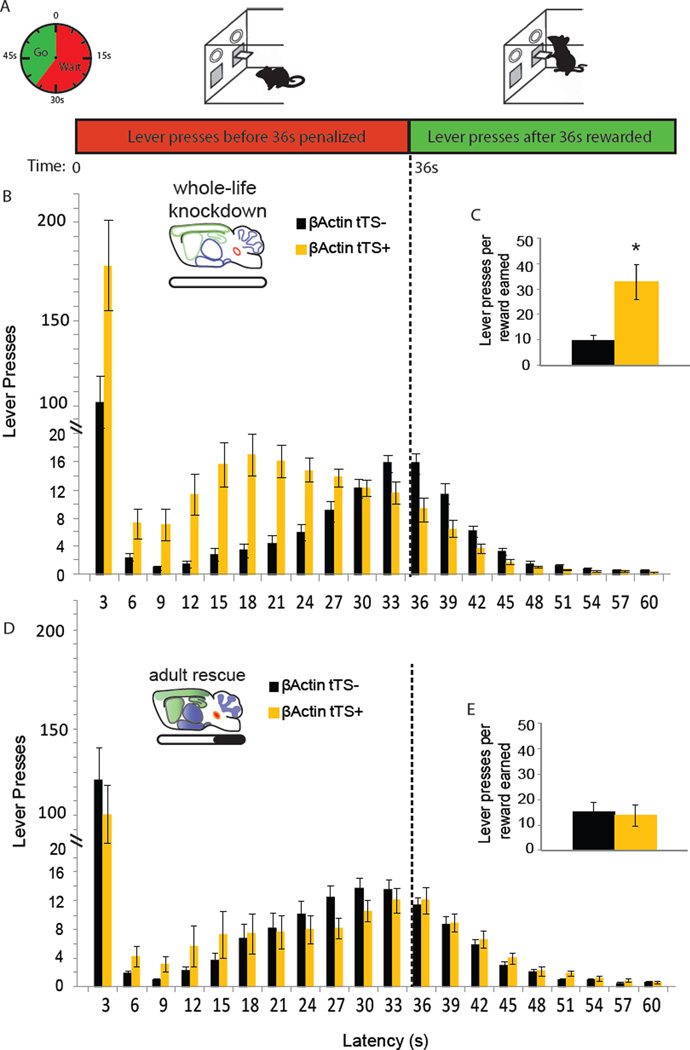Figure 4. Adult expression of 5-HT1BR mediates impulsive behavior in the DRL paradigm.
A) Schematic describing the DRL operant paradigm. B, D) The distribution of the latencies of lever presses in the DRL is shown for β-actin-tTS+ mice (yellow) and their littermate β-actin-tTS- controls (black) for whole-life knockdown (B) and adult rescue (D) groups. Group means ± SEM are presented for latencies binned in 3 sec intervals. The dotted line represents the minimum response latency (36 sec) which is rewarded. C, E) The average ratio of the number of lever presses to the number of rewards earned ± SEM is shown for whole-life knockdown (C) and adult rescue (E) groups. *, p<0.05. See also Figure S5.

